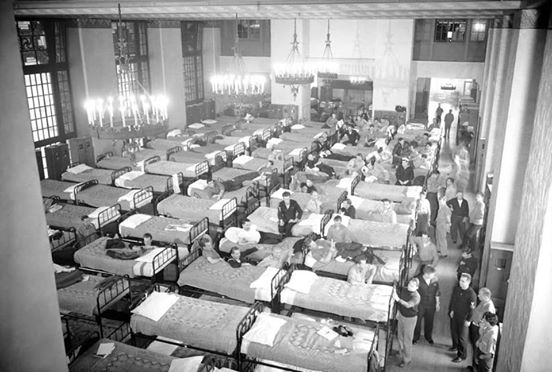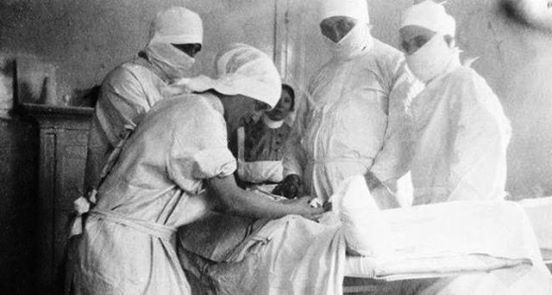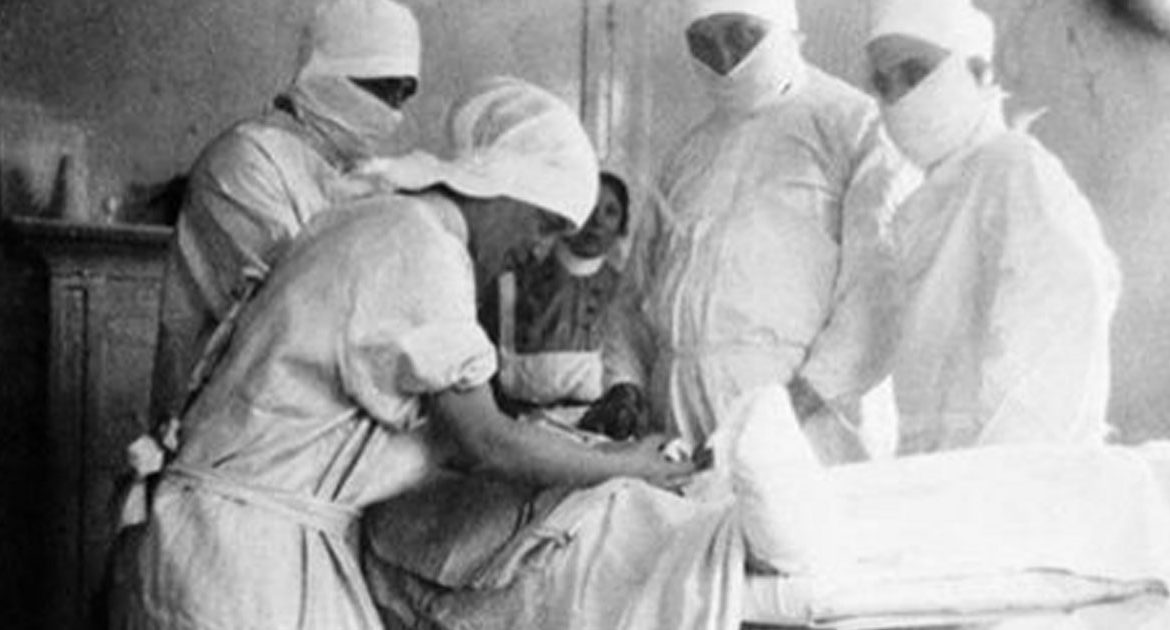n the early hours of October 16, 1943, the residents of the traditional Jewish Quarter in Rome, Italy, experienced a nightmare that no one thought possible. The area was surrounded by German SS soldiers and they began banging on doors. Every last one of the men, women and children were driven from their homes and taken away.
L' #isolatiberina prima della costruzione del #Fatebenefratelli http://t.co/mwoqgLuZVC #rome pic.twitter.com/JBU9q9EZ7h
— Trastevere (@TrastevereRM) December 21, 2013
Pope Pius XII knew that the Jewish citizens of Rome who lived under his protection were being shipped off to a certain death, but he did nothing to stop it. The residents had only 20 minutes to pack their belongings before being forced out of their homes — many were still in their nightgowns and pyjamas. But a few of them dared to flee for their lives by jumping into the Tiber river and swimming to a small island.
The Fatebenefratelli Hospital (built in 1582) was located on that island. Dr. Vittorio Sacerdoti, himself a Jew, worked there and had already been hiding friends and relatives in the hospital.
Syndrome K: The Fake Disease That Fooled the Nazis and Saved Lives https://t.co/oCTlbzfZ39 pic.twitter.com/c6VPdbPTMd
— Lucysdad01 (@Lucysdad01) March 30, 2017
To keep them hidden from the Nazis, Vittorio and his colleagues Adriano Ossicini and Giovanni Borromeo came up with a very clever plan. They put their Jewish friends and relatives in a wing of the hospital that housed the quarantine station. Then they thought up a disease so serious that it would require complete quarantine and scare off any SS soldiers who came to search the hospital.
An Italian doctor… https://t.co/cnkDMzsirP #Uncategorized #adrianoossicini #fatebenefratelli #history #TopNews pic.twitter.com/mtq1zxnsbz
— Bitcoin Sportsbook (@SportsbookBTC) July 8, 2016
The doctors at the Fratebenefratelli Hospital came up with a fictional disease they called «Syndrome K» with the «K» referring to two high-ranking Nazis: Albert Kesselring, the Nazi commander-in-chief in Rome, and Herbert Kappler, the commander of the Nazi security police. The doctors claimed that the disease caused a horribly painful death and was highly contagious. Anyone infected had to remain in quarantine to avoid further spreading.

The plan worked amazingly well. When the Nazis came to the hospital to check the patient’s files, the doctors told them all about the dangerous disease known as «Syndrome K.» When the nervous Nazis went into the quarantine station to investigate, the well-rehearsed «patients» began coughing, moaning, and writhing in pain. And it worked — the Nazis turned tail and never came back.

The diagnosis of «Syndrome K» was the code for «a Jewish person» and helped the hospital staff distinguish between the real patients and the people who were there to hide from the Nazis. It’s not clear how many people were saved by this clever scheme, but estimates indicate that between 20 and 40 Jews escaped the concentration camps by hiding in the hospital.
The Fatebenefratelli Hospital is still operating today and in 2016 was declared a «House of Life» by the Raoul Wallenberg Foundation.
It’s an incredible story of courage considering how dangerous the situation was. The staff at this hospital obviously took their oath to preserve life very seriously.
«My experience had shown me that we shouldn’t act based on our own interests, but instead on principles. Anything else is disgraceful,» stated Ossicini about his motivation for the daring rescue.

It’s a statement that holds true to this day and should be considered a good example for us all.






